Economy
Fuel price hike: OPEC blames tax imposition for increase
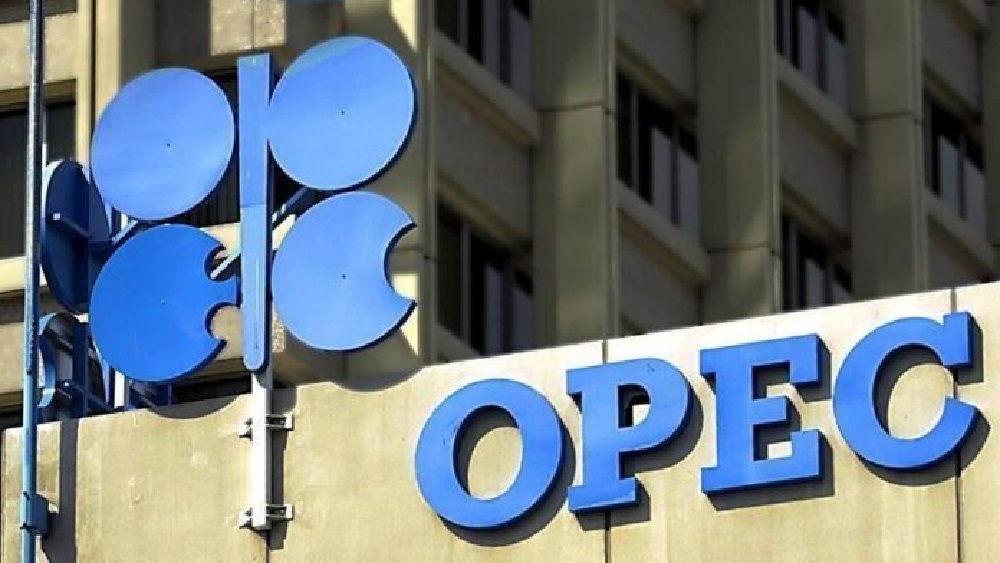
The Secretary General of the Organisation of Petroleum Exporting Countries, Haitham Al Ghais, has blamed tax imposition by major oil-consuming countries, not oil prices as the primary driver of fuel costs.
He disclosed this in a recent statement.
His comments come as Nigeria experienced several petrol pump price hikes in the last one year.
The latest was on Monday when the Nigerian National Petroleum Company Limited announced an additional pump price hike in its retail outlets between N950 per liter and N1,019.22.
Speaking on the factors responsible for fuel price hikes, Al Ghais explained that the prices paid by consumers at the pump were determined by various factors, including the price of crude oil, refining, transportation, marketing costs, oil company margins, and taxes.
According to Al Ghais, revenues generated from oil sales are often reinvested by oil-producing countries into the oil sector.
He stated that OPEC member countries reinvested a substantial portion of their revenue into exploration, production, and transportation projects.
On the other hand, the OPEC boss noted that consuming countries’ governments received significant revenue from taxes imposed on petroleum products.
In 2023, the Organisation of Economic Co-operation and Development’s average share of total tax on the final retail price increased year-on-year and amounted to approximately 44 percent.
“Therefore, for many consumers, taxation can be a more significant factor than the original price for crude, in feeling any pinch in their pocket at the pump,” he stated
“It is a sovereign right for countries and governments to develop their taxation systems, but when there is talk of concerns about the effect of high pump prices on the disposable income of populations, it is important to remember how much of this is from taxes flowing to finance ministries around the world”, he said.
Economy
75.5% of rural Nigerians now live below poverty line — World Bank
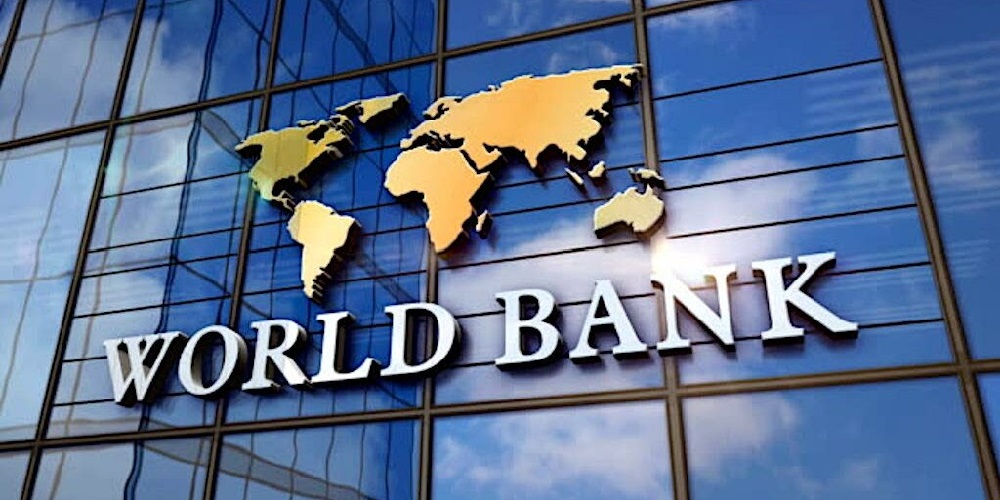
The World Bank has disclosed that a staggering 75.5 per cent of rural Nigerians are now living below the poverty line, reflecting deepening hardship in the country’s hinterlands.
This was revealed in the Bank’s April 2025 Poverty and Equity Brief for Nigeria, which paints a grim picture of worsening economic hardship, widening inequality, and persistent underdevelopment across much of the nation.
While poverty is widespread among urban populations, the report emphasised that the situation is significantly worse in rural areas, where economic stagnation, high inflation, and insecurity have exacerbated living conditions.
“Based on the most recent official household survey data from Nigeria’s National Bureau of Statistics, 30.9 per cent of Nigerians lived below the international extreme poverty line of $2.15 per person per day in 2018/19 before the COVID-19 pandemic,” the report stated.
The report also highlighted Nigeria’s enduring regional disparities. “Nigeria remains spatially unequal. The poverty rate in northern geopolitical zones was 46.5 per cent in 2018/19, compared with 13.5 per cent for southern ones. Inequality measured by the Gini index was estimated at 35.1 in 2018/19.
“Nigeria’s Prosperity Gap — the average factor by which individuals’ incomes must be multiplied to attain a prosperity standard of $25 per day for all — is estimated at 10.2, higher than most peers.”
Despite successive policy interventions, these figures underscore a persistent economic divide across the country.
The report’s demographic analysis found that children aged 0 to 14 years had a poverty rate of 72.5 per cent, reflecting the scale of deprivation among the youngest segment of the population.
Gender disparities were also observed, with 63.9 per cent of females and 63.1 per cent of males classified as poor under the $3.65 per day lower-middle-income threshold.
Education emerged as a significant determinant of poverty, with Nigerians lacking formal education experiencing a poverty rate of 79.5 per cent. This contrasts with 61.9 per cent for those with primary education and 50.0 per cent for secondary school graduates. Only 25.4 per cent of those with tertiary education were considered poor.
The report also drew attention to multidimensional poverty indicators, which further reflect widespread deprivation.
According to the World Bank, about 30.9 per cent of Nigerians live on less than $2.15 daily, 32.6 per cent lack access to limited-standard drinking water, 45.1 per cent do not have limited-standard sanitation, and 39.4 per cent have no electricity.
Education access remains a challenge, with 17.6 per cent of adults yet to complete primary education, and 9.0 per cent of households reporting at least one school-aged child not enrolled in school.
The report noted that even before the COVID-19 pandemic, efforts to reduce extreme poverty had largely stalled.
“Before COVID-19, extreme poverty reduction had almost stagnated, dropping by only half a percentage point annually since 2010. Living standards of the urban poor are hardly improving, and jobs that would allow households to escape poverty are lacking,” the report read.
Although the World Bank acknowledged recent economic reforms aimed at stabilising Nigeria’s macroeconomic outlook, it warned that persistently high inflation continues to undermine household purchasing power, particularly in urban areas where incomes have not kept pace with rising costs.
In light of the worsening situation, the Bank called for urgent policy action to shield vulnerable groups from inflationary shocks and to drive job creation through more productive economic activities.
Economy
Naira Records Marginal Decline Against Dollar at Official Market

The Nigerian naira experienced a mild drop in value on Friday, closing at ₦1,602.18 per dollar in the official foreign exchange market, based on figures released by the Central Bank of Nigeria (CBN).
This marks a decrease of ₦5.49 from the rate of ₦1,596.69 recorded on April 30, the last trading day before the May 1 Workers’ Day holiday—indicating a depreciation of approximately 0.34%.
Earlier in the week, from Monday to Wednesday, the naira remained relatively stable, exchanging at ₦1,599.95, ₦1,599.71, and ₦1,596.69 respectively.
Although the local currency showed some consistency mid-week, it wrapped up the week with a loss, following a sligh dip of 0.02% at the beginning of the week
Economy
Black Market Dollar hits N1,610 Amid Economic quagmire

What is the Dollar to Naira Exchange Rate in the Black Market (Also Known as the Parallel Market or Aboki FX)?
Below is the black market exchange rate for the U.S. dollar to the Nigerian naira as of Thursday, May 1, 2025. These are the typical rates at which you can exchange dollars for naira:
Dollar to Naira Black Market Exchange Rate (May 1, 2025):
At the Lagos Parallel Market, also referred to as the black market, Bureau De Change (BDC) operators are buying dollars at ₦1,602 and selling at ₦1,610, according to market sources.
Please note: The Central Bank of Nigeria (CBN) does not recognize or endorse transactions conducted on the parallel market. The CBN advises individuals and businesses seeking foreign exchange to use official banking channels.
-
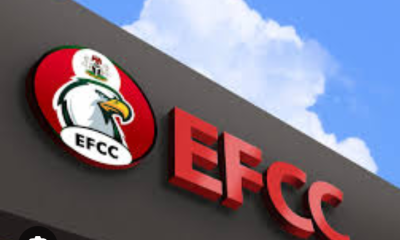
 News21 hours ago
News21 hours agoWhy ‘VeryDarkMan was arrested – EFCC
-

 Education24 hours ago
Education24 hours agoOver 1.5m candidates score less than 200 in 2025 – UTME
-
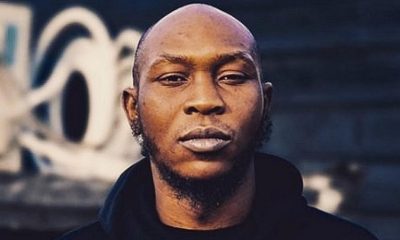
 Entertainment21 hours ago
Entertainment21 hours agoHow I narrowly escaped death in U.S hotel room – Seun Kuti
-

 News23 hours ago
News23 hours ago‘S3x is good, I enjoy it,’ Bishop Adejumo tells wives
-
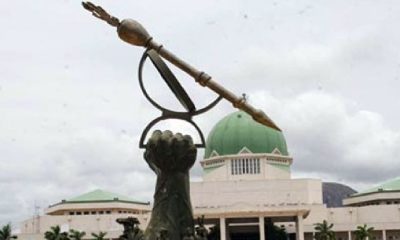
 News18 hours ago
News18 hours agoReps Minority Caucus condemns unlawful detention of VDM, demands his immediate release
-

 News8 hours ago
News8 hours agoMinistry denies awarding N13bn contracts without due process
-

 News20 hours ago
News20 hours agoWATCH Your family Lawyer’s last episode on how to end marriage
-

 News8 hours ago
News8 hours agoFULL STEPS: How to check 2025 JAMB results






